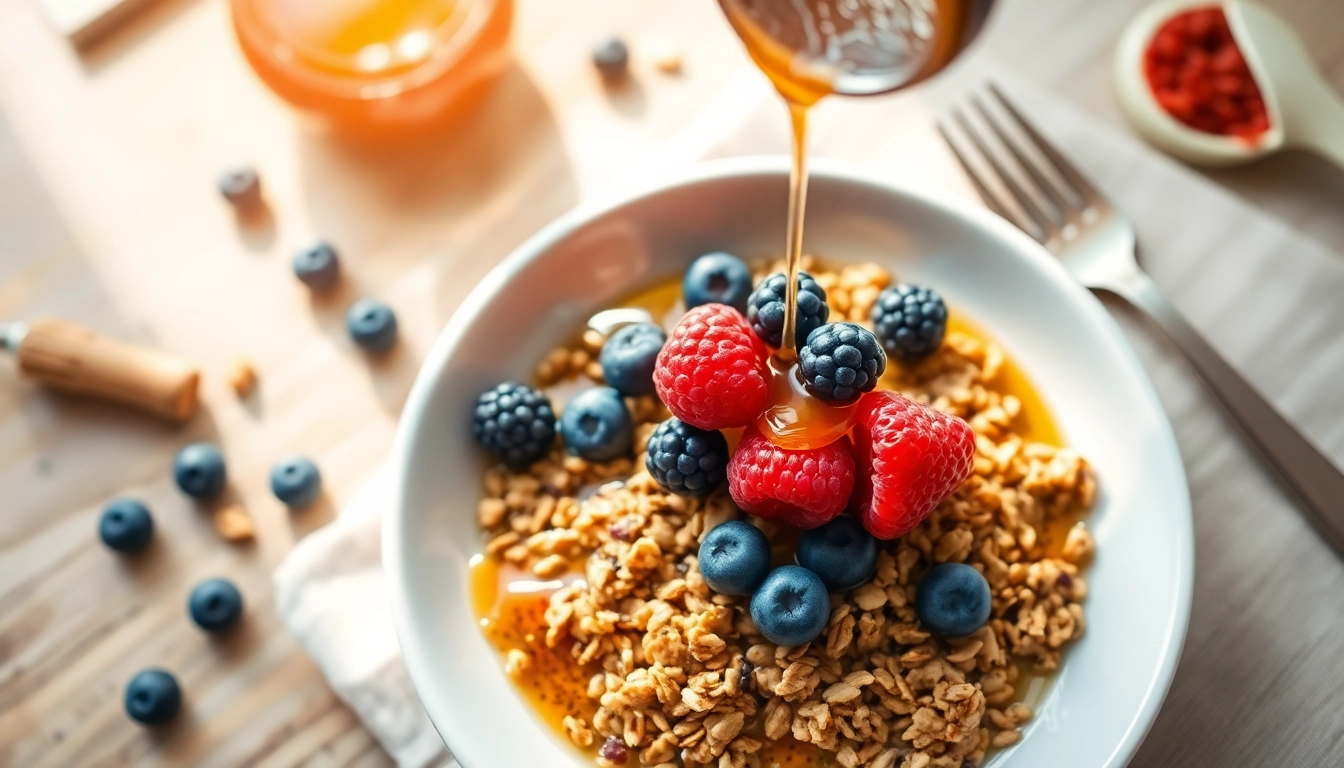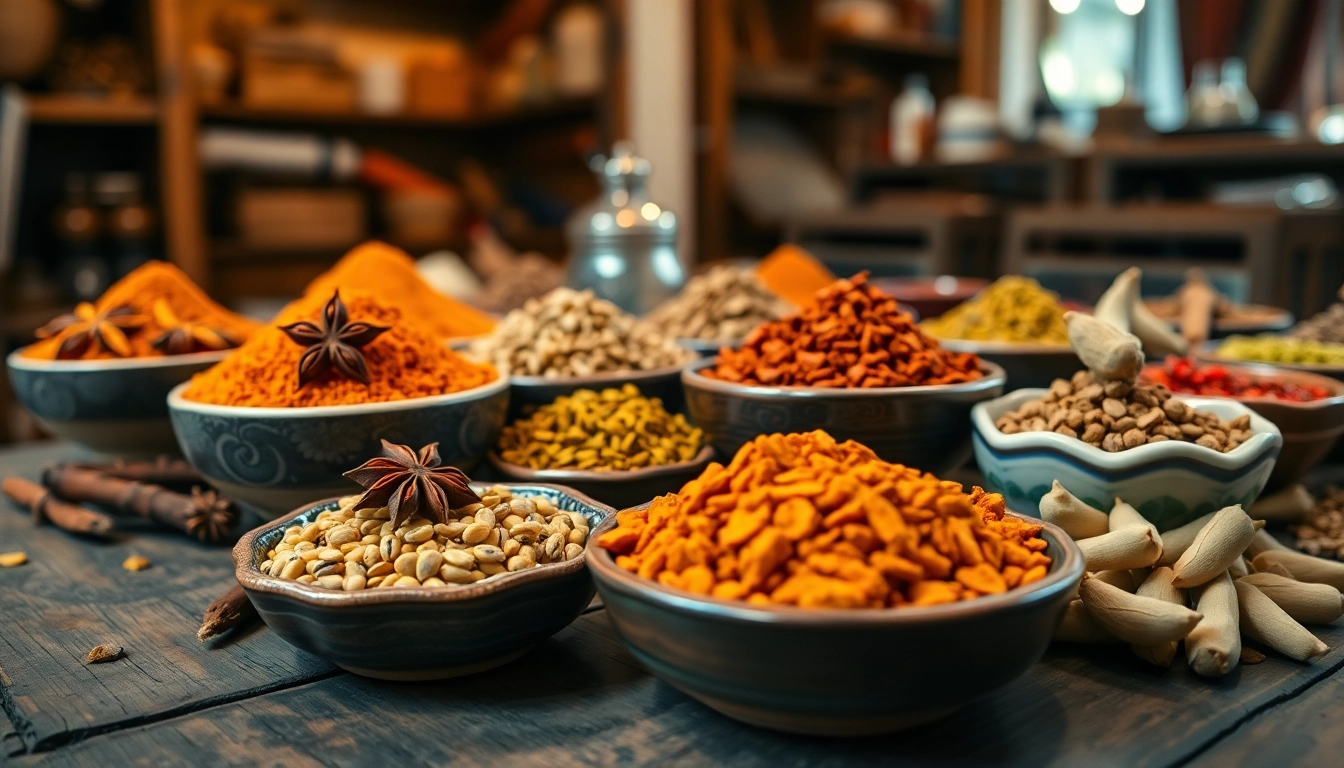Understanding Single Origin Tea
Tea has been consumed for centuries, revered not just for its flavors but also for its rich history and cultivation practices. Among the diverse types of tea available, single origin tea has gained prominence for its unique characteristics and the artistry involved in its production. This article delves into what single origin tea is, the significance of terroir, and the benefits of choosing teas from specific regions, providing a comprehensive understanding for both newcomers and seasoned tea enthusiasts.
What is Single Origin Tea?
Single origin tea refers to tea that is sourced from a specific region, estate, or even a single tea garden. Unlike blended teas, which combine leaves from multiple sources, single origin teas boast unique qualities influenced by the geographical and climatic conditions of their origin. This concept aligns closely with the appreciation of the terroir, the environmental factors that affect a crop’s phenotype, making each tea a distinct expression of its locale.
The Importance of Terroir in Tea Production
Terroir plays a significant role in determining the flavor profile of single origin teas. It encompasses various elements, including soil type, altitude, climate, and farming practices, all of which contribute to the tea’s final taste, aroma, and appearance. For instance, high-altitude teas often exhibit a more delicate flavor due to slower growth rates and the resultant concentration of taste compounds. The unique combination of these factors can lead to exceptional quality and distinct profiles, making terroir an essential consideration for tea connoisseurs.
Benefits of Choosing Single Origin Teas
Choosing single origin teas offers several advantages beyond just flavor. Here are some of the key benefits:
- Authenticity: Single origin teas offer an authentic taste of their region, reflecting the local culture, history, and artisanal techniques involved in their production.
- Quality Assurance: Many producers of single origin teas take pride in their craftsmanship and often adhere to stricter quality control standards, resulting in superior products.
- Connection to Place: Drinking single origin tea allows consumers to connect with the geographical locale and the communities involved in its production, fostering appreciation for their efforts.
- Health Benefits: Certain single origin teas are noted for specific health benefits linked to the regions they are sourced from, such as antioxidants and unique flavonoids.
Exploring Different Types of Single Origin Tea
Single Origin Black Teas: A Comprehensive Guide
Single origin black teas are among the most popular varieties, and they are cherished for their robust flavor profiles. Popular regions known for exceptional black teas include Assam in India, Yunnan in China, and Ceylon in Sri Lanka. Each of these regions imparts distinct characteristics to their black tea offerings:
- Assam: Known for its bold and brisk flavors, Assam black tea is rich in malty notes and often enjoyed with milk.
- Yunnan: Yunnan teas typically have a smoother, earthy taste with floral undertones, often appreciated for their complexity.
- Ceylon: Ceylon black teas are typically bright and lively, exhibiting citrus-like flavors and a refreshing aroma.
Green Teas from Unique Regions
Single origin green teas showcase the subtleties of flavor and aroma, often reflecting their growth environment. Regions such as Uji in Japan, Longjing in China, and Nilgiri in India are known for their unique green tea offerings:
- Uji: Renowned for its high-quality matcha and gyokuro, Uji green teas are sweet, umami-rich, and carry a distinctive aroma.
- Longjing: Known as Dragon Well, Longjing green tea is famous for its flat, jade-colored leaves and a nutty, delicate flavor.
- Nilgiri: Nilgiri green teas are lesser-known outside India but offer fragrant, slightly floral notes and a refreshing taste.
Herbal and Specialty Single Origin Blends
While not technically “tea” in the traditional sense (as they do not come from the Camellia sinensis plant), herbal single origin blends provide diverse and interesting flavor experiences. Chamomile from Egypt, hibiscus from Sudan, and peppermint from the Pacific Northwest in the United States are excellent examples. Each of these herbs brings its own health benefits and flavor profiles:
- Egyptian Chamomile: Celebrated for its relaxing properties, chamomile tea has a gentle floral aroma and golden hue.
- Sudanese Hibiscus: Known for its tart flavor and vibrant red color, hibiscus tea is rich in vitamin C and antioxidants.
- Peppermint: Often enjoyed for its refreshing flavor and digestive benefits, peppermint tea has a cooling sensation and a pungent aroma.
How to Brew Single Origin Tea Perfectly
Equipment Needed for Brewing
To brew single origin tea to perfection, having the right equipment is essential. Here’s a list of essential items:
- Tea Kettle: A good quality kettle helps to heat water to the appropriate temperature, which varies by tea type.
- Tea Infuser: An infuser or tea strainer is necessary for loose leaf teas, as it allows for full flavor extraction while preventing leaves from escaping into the cup.
- Teapot or Mug: A teapot can enhance the brewing experience, especially for larger quantities, while a preferred mug works well for personal servings.
- Kitchen Scale: Precision is key; using a scale helps measure the exact amount of tea leaves needed for optimum flavor.
- Thermometer: To monitor water temperature accurately, which is critical for achieving the best flavor.
Steps to Achieve Optimal Flavor
Brewing single origin tea involves a systematic approach to maximize flavor:
- Measure the tea leaves using a kitchen scale—generally, one teaspoon per cup is a good starting point.
- Heat the water to the appropriate temperature for the tea type (e.g., 175°F for green tea, 200°F for black tea).
- Add the tea leaves to the infuser and pour hot water over them.
- Allow the tea to steep for the recommended time (typically 2-3 minutes for green tea, 4-5 minutes for black tea).
- Remove the infuser and savor the aroma before taking the first sip.
Common Mistakes to Avoid
Even seasoned tea drinkers can make mistakes. Here are some common pitfalls to avoid:
- Using Water That’s Too Hot: High temperatures can scorch delicate leaves, especially green teas.
- Over-Steeping: Allowing tea to steep too long can lead to bitterness, particularly in black and green varieties.
- Ignoring Quality: Using low-quality water can affect flavor; always opt for filtered or fresh spring water when brewing.
Pairing Single Origin Tea with Food
Best Foods to Pair with Different Teas
Pairing single origin tea with food can elevate both the dining and drinking experience. Here are some tips:
- Assam Black Tea: Pairs well with hearty foods such as curries, grilled meats, or chocolate desserts.
- Longjing Green Tea: Complements light dishes like fish, salads, or lemon-flavored desserts.
- Egyptian Chamomile: Ideal with light pastries or cookies, it brings out the sweetness in desserts.
Creating a Tea Tasting Experience
Hosting a tea tasting can be a delightful way to explore different single origin teas. To create an engaging experience:
- Set up a cozy environment with comfortable seating and soft lighting.
- Select a diverse range of teas, including different types and regions.
- Provide subtle palate cleansers, such as plain crackers or cucumber slices.
- Encourage guests to discuss the flavors and aromas they experience.
Enhancing Flavors for Culinary Adventures
Incorporating single origin teas into culinary creations can yield exciting results. Here are some innovative ideas:
- Tea-Infused Sauces: Use brewed black tea as a base for marinades or glazes.
- Baking Ingredients: Incorporate matcha powder into muffins or cookies for a unique flavor and color.
- Tea-Infused Desserts: Brew herbal teas to create custards or puddings for added complexity.
Where to Buy High-Quality Single Origin Tea
Top Online Retailers for Single Origin Teas
Finding quality single origin tea takes a bit of research. Here are some reputable online retailers:
- Single Origin Teas
- The Tea Spot
- Tiesta Tea
- Art of Tea
Understanding Pricing and Quality Factors
The price of single origin tea can vary significantly based on several factors, including:
- Rarity of the Tea: Limited harvests or small estates often command higher prices.
- Production Practices: Teas produced using organic methods or artisanal techniques typically cost more.
- Local Economic Factors: Teas sourced from regions with higher living costs will reflect that in pricing.
Importance of Supporting Ethical Growers
Purchasing single origin tea from ethical growers not only supports the livelihood of farmers but also encourages sustainable agricultural practices. Look for certifications like Fair Trade and USDA Organic to ensure that your tea is ethically sourced. By choosing these products, consumers can contribute to social and environmental sustainability, providing support to communities engaged in the hard work of tea cultivation.



